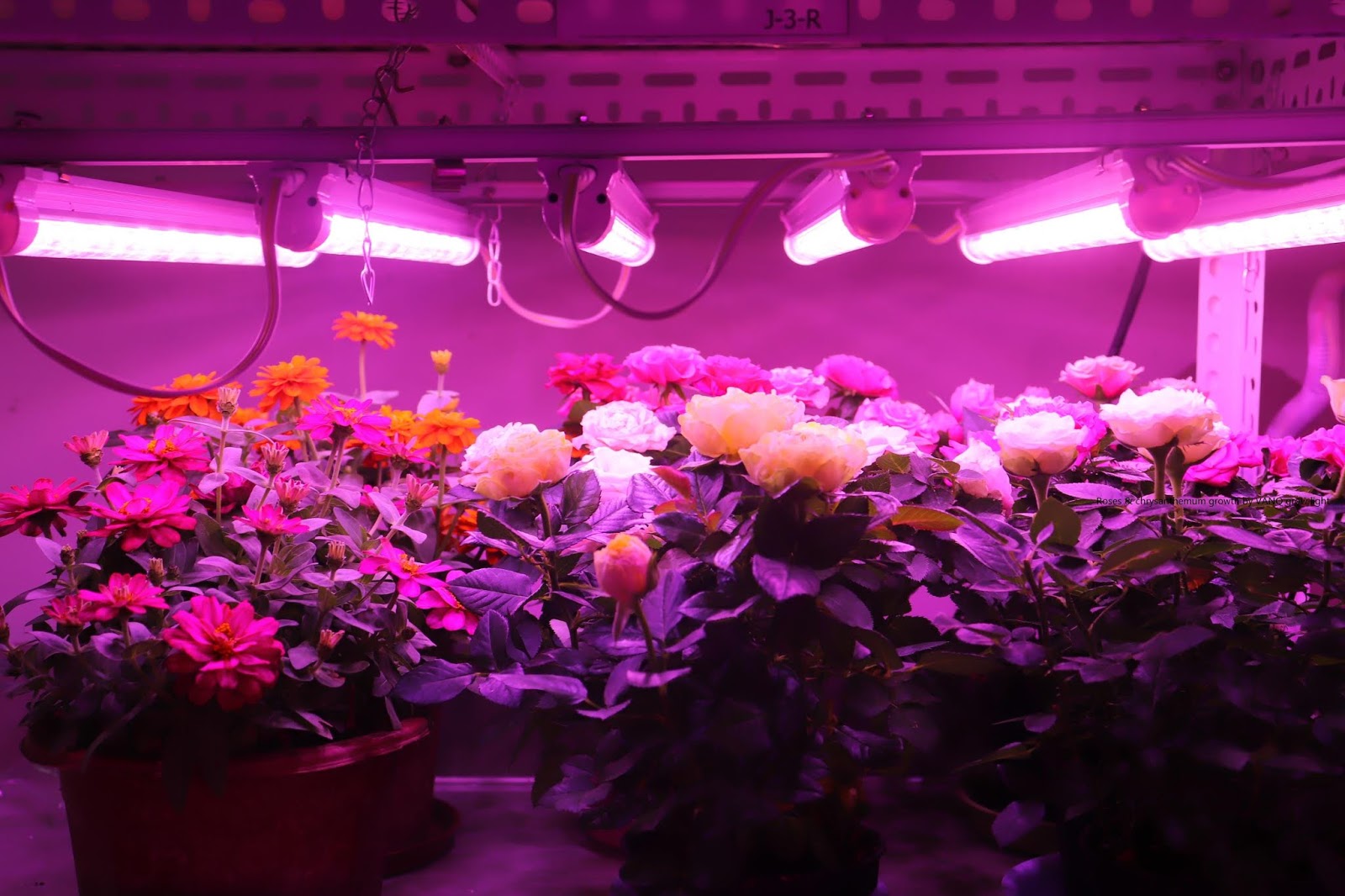Urban Farming: How to Grow Vegetables on the Balcony?
Balcony vegetable cultivation has been loved by more and more urban residents. It not only provides residents with a source of pollution-free vegetables but also plays a certain role in beautification and greening.
1. What is urban balcony farming?
The so-called urban balcony planting mainly refers to the behavior of urban residents using the roof, balcony, window sill, etc. for vegetable cultivation.
2. Advantage of urban farming
Urban balcony vegetable planting Advantage urban balcony vegetable planting not only solves the problem of vegetable purchase of urban residents to a certain extent, but its pollution-free planting method also improves the quality, freshness and nutritional value of vegetables, and provides a guarantee for the safety of urban vegetables.
At the same time, the urban balcony vegetable planting is more environmentally friendly, economical and low-carbon, which plays a role in beautifying the balcony and greening the environment, and to some extent, adds idyllic fun to the urban life and promotes the communication between man and nature.
3. How to grow vegetables on the balcony
Here we tell you the main steps of how to grow vegetables on the balcony.
3.1 Container selection.
In addition to purchasing certain vegetable growing containers in the market, such as flower pots and planting tanks.
Growers can also process and process containers based on existing living things, such as cake boxes, wood boards, aluminum suitcases, Beverage bottles, plastic boxes, etc. It should scientifically be selected according to the variety of planted vegetables.
At the same time, attention should be paid to the drainage treatment when making the container.
3.2 Substrate preparation.
According to the actual situation, the soilless cultivation or soil cultivation method can be selected.
The soilless culture substrate is mainly nutrient solution and grass charcoal, bark, water, perlite (category: acid lava) and other substrates.
It has a light texture, strong air permeability, comprehensive nutrition, sufficient fertilizer, strong water retention soil or self-made according to the ratio of garden soil and humus soil to 2:1.
3.3 Seed selection and processing.
According to the cultivation area, the characteristics of the vegetable cultivation of the balcony and the growth of the vegetables, seeds with small plant type, short cycle, easy planting and low incidence of insect pests, such as small rapeseed, lettuce, pepper, and Chinese cabbage, are selected.
Hydroponic production management is mainly to adjust the time of supply of nutrient solution and the number of liquid supply.
The liquid supply time and the number of liquid supply times of the nutrient solution are mainly determined according to the cultivation form, the growth state of the vegetables, and the environmental conditions.
At the same time, in order to improve the quality of seedling growth and reduce the disease, the seeds can be disinfected by physical or chemical means before seeding.
Such as using hot water (about 60 °C) for about 12 minutes, when the water temperature drops to 30 °C, take out, dried.
3.4 Germination
Sowing seeds that are slower to sprout, such as cucumber, pepper, eggplant, celery, etc. can be germinated to shorten the seedling period and increase the growth rate.
Under normal circumstances, immersion seedling method can be used for germination and seedling cultivation, for example, cucumber seeds should be soaked for 1 to 2 hours; pepper and eggplant seeds should be soaked for about 4 to 5 hours; celery seeds should be placed in 4 °C environment for 24 hours before soaking.
Seeding is carried out after the seeds are germinated and exposed. When seed sowing, the leafy vegetables with smaller granules can be sown by spreading method, that is, after the seeds are evenly spread to the substrate, the surface of the seed is covered with a layer (having a thickness of about 0.5-0.8 cm) and sieved for compaction treatment.
The seeding method is to sow the vegetable seeds with moderate granules, that is, according to the plant spacing of more than 10 cm and less than 15 cm, the seeding ditch of about 1 cm is opened, and after the uniform sowing, the substrate is compacted.
The onion-seeded method is used to sow the large-sized flavonoids or legumes, that is, the holes are opened at a distance of 2 cm from the plant spacing, and 2 to 3 seeds per unit are placed to cover the substrate compaction.
In addition, after the seeds are sown, watering treatment is performed.
3.5 Growth management
With the continuous growth of plants, according to the actual situation and the growth requirements of vegetables.
It is necessary to carry out soil treatment, watering, seedling, loose soil, transplanting (scout), fertilization, pruning and thinning to ensure the healthy growth of plants to improve vegetable yield and quality.
3.6 Pest Control
For the pests and diseases of balcony vegetables, the cause of the formation of pests and diseases should be first identified.
The existing problems should be treated by manual capture, setting up insect nets, removing diseased leaves, and using drugs at the source.
After reading this article, do you want to grow vegetables on your balcony? Don’t hesitate, maybe you will have great success.
Vanqled.com provides LED grow lights for plants, have any needs for LED lights, please feel free to contact me.







评论
发表评论